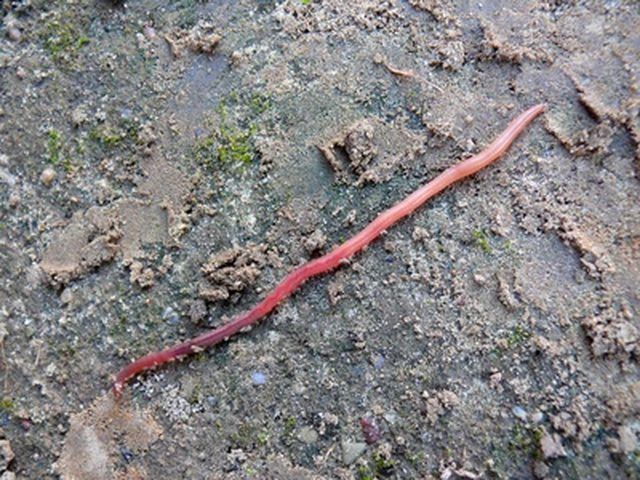Bulbs
Flower Basics
Flower Beds & Specialty Gardens
Flower Garden
Garden Furniture
Garden Gnomes
Garden Seeds
Garden Sheds
Garden Statues
Garden Tools & Supplies
Gardening Basics
Green & Organic
Groundcovers & Vines
Growing Annuals
Growing Basil
Growing Beans
Growing Berries
Growing Blueberries
Growing Cactus
Growing Corn
Growing Cotton
Growing Edibles
Growing Flowers
Growing Garlic
Growing Grapes
Growing Grass
Growing Herbs
Growing Jasmine
Growing Mint
Growing Mushrooms
Orchids
Growing Peanuts
Growing Perennials
Growing Plants
Growing Rosemary
Growing Roses
Growing Strawberries
Growing Sunflowers
Growing Thyme
Growing Tomatoes
Growing Tulips
Growing Vegetables
Herb Basics
Herb Garden
Indoor Growing
Landscaping Basics
Landscaping Patios
Landscaping Plants
Landscaping Shrubs
Landscaping Trees
Landscaping Walks & Pathways
Lawn Basics
Lawn Maintenance
Lawn Mowers
Lawn Ornaments
Lawn Planting
Lawn Tools
Outdoor Growing
Overall Landscape Planning
Pests, Weeds & Problems
Plant Basics
Rock Garden
Rose Garden
Shrubs
Soil
Specialty Gardens
Trees
Vegetable Garden
Yard Maintenance
The Habitat of Red Worms
The Habitat of Red Worms. According to Jen Fong and Paula Hewitt of the Cornell Waste Management Institute, earthworm species number more than 3,000. Red worms are commonly used in composting because they are natural surface feeders. They often choose composts as their natural habitat.

According to Jen Fong and Paula Hewitt of the Cornell Waste Management Institute, earthworm species number more than 3,000. Red worms are commonly used in composting because they are natural surface feeders. They often choose composts as their natural habitat.
Types of Red Worms
Red worms Eisenia foetida and Lumbricus rubellus are known for being the best worm bin or compost worms because they do not burrow deep, but are natural surface feeders. Eisenia foetida is sometimes known as red worm, or red wriggler, while Lumbricus rubellus is often called red earthworm.
Red Worms' Natural Habitat
Red worms thrive on nutrient-rich soil that is not too dry or too moist. They eat their weight in soil every day, and this is one reason why they are such good composters. Their natural habitat is leaves, compost piles, manure and any other decaying materials. The ideal temperature for worms is room temperature, but they can survive in temperatures from 40 degrees Fahrenheit to 90 degrees Fahrenheit.
Differences in Habitat
Eisenia foetida are able to tolerate a higher temperature range than Lumbricus rubellus, which can survive a lower temperature. During winter Eisenia foetida require heavy insulation if kept outdoors, while Lumbricus rubellus burrow deeper into the soil and survive colder temperatures.
Re-Creating Their Natural Habitat
Composters re-create red worms' natural habitat to take advantage of their ability to recycle food scraps into nutrient-rich soil. A compost can be made from a vermicomposting (worm-composting) kit, a plastic storage container or wood crate. Containers are lined with bedding, either newspaper with nontoxic ink, sawdust, shredded leaves, dried grass, black topsoil or loam. This layer will keep the worms in the container. It should be damp, but not so damp that they will drown. Varying the bedding will create more nutrient-rich soil. Worms need protection from heavy rain, heat and cold. In a compost bin, food scraps are mixed into the bedding for the worms to feed. A compost creates a perfect habitat for the worms, recycles food scraps, reduces waste and creates healthy soil.
Expert Insight
When composting, turning the soil too quickly may kill the worms. The assumption that worms can reproduce when cut into two is false, but the two parts will continue to wriggle. The portion with the head may grow a new tail as long as the vital organs were not cut off with the tail. The portion with a tail will eventually die.